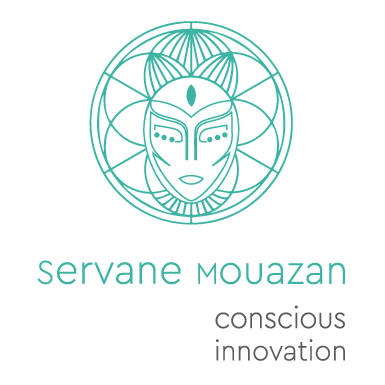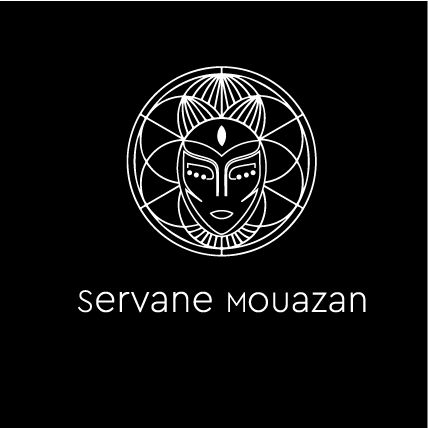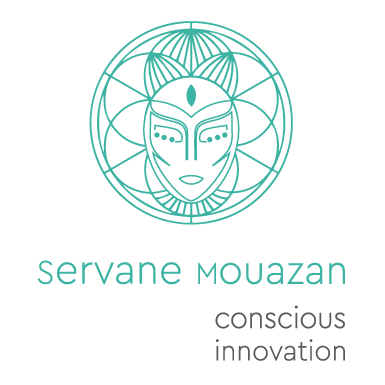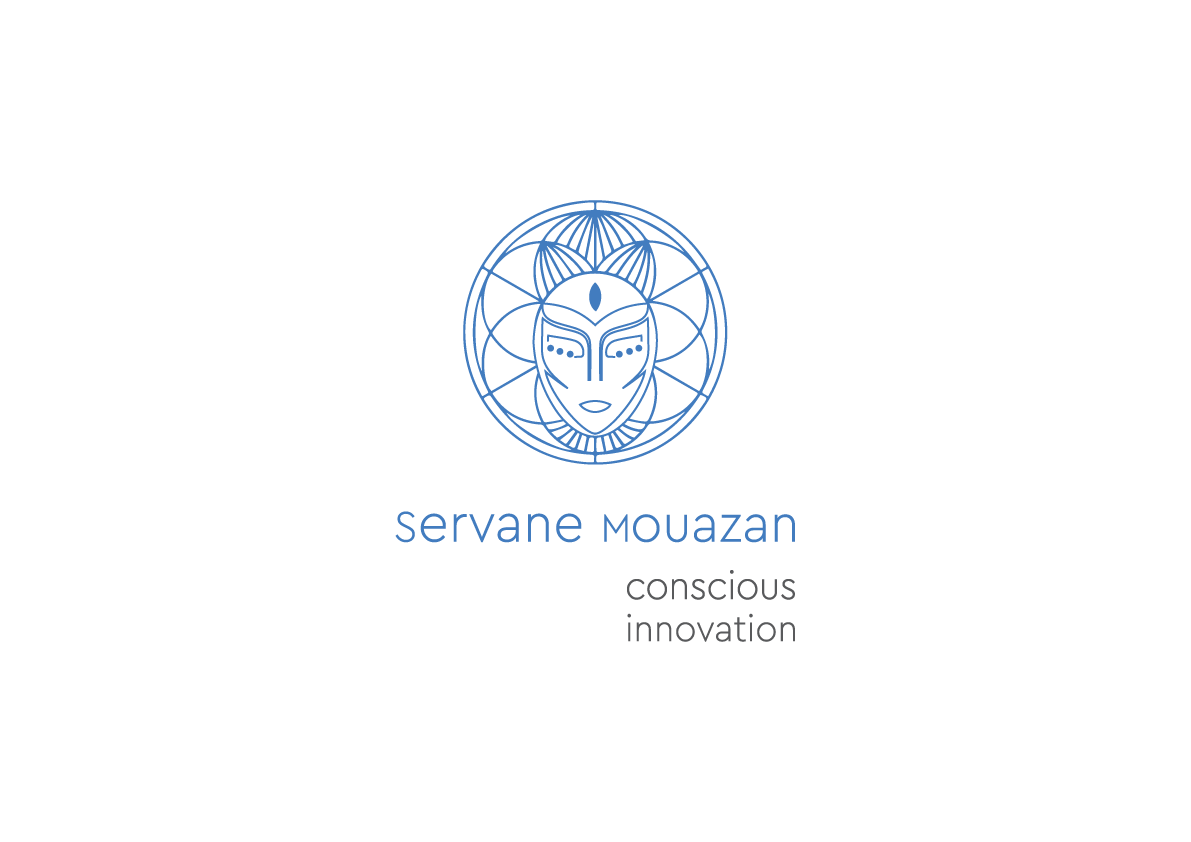I recently ran a rapid prototyping session for senior women in social enterprises, who are contemplating moving from a functional lead or a senior changemaker position, to CEO level.
Did you know:
- Although Women in Social Enterprise lead in small entities, only a small percentage of them occupy CEO or decision-making seniority in larger social enterprises. Women make 66% of employees but only 41% of social enterprises leaders. From Activist to Entrepreneur. The Role of Social Enterprise in Supporting Women’s Empowerment in the UK.” British Council, 2017.
- Research by SELUSI finds that women CEOs in social enterprises earn 29% less than their male counterparts.
- Women need to make their case to move from functional leadership role to CEO.
I decided to interview many CEOs in the social enterprise sector, then use storytelling, co-coaching, leadership growth tools, futures thinking, and an introduction to Design Sprints, to help participants understand themselves better (their success and failure patterns), contribute to move an organisation to the next stage, and become its leading face.
CEO: Chief Encouragement Officer | Chief Energizer + Optimizer | Chief Effective Organiser | Catalyst & Empowerment Officer, etc.
There is a title on one hand, and there is the effective leadership on the other, and this does not necessarily mean you can’t do anything below the CEO title. Even before being appointed to the function, your leadership capacity can be used to galvanise colleagues, manage up, incubate in-house programmes and launch them in the world afterwards.
The social enterprise sector is there to create movements, and sustainable pathways for entire communities, so how can your role be contributing to creating more impact, how can you be more involved in shaping sectors, movements, and influence.
As Sian, one of our participants, concluded:
“It’s not about how to become a CEO it’s about thinking how to use the position to create the change you want to see – If you start with that, it informs your approach to becoming a CEO”.
Don’t stay on your own
Your network is there to serve your purpose and empower you.
Start by mapping who your direct and indirect stakeholders are.
Ask them about their work, their methodology, their impact, and if they can be frank with you, what they think your strengths are and also what road blocks you might face along the way, because you:
1) might have a different understanding of what it takes to do the job or
2) you haven’t explored your comfort and discomfort zones in depth yet.
Remember: you haven’t shown the best of ALL your abilities yet in a particular setting; people only know you in particular circumstances, so don’t only focus on that odd 360 feedback comment…
Surrounding yourself by peers – in peer-to-peer mastermind classes for instance or co-production groups – is valuable because you hear them reflecting on their career trajectory. Use this not so much to benchmark yourself but to appreciate that life stories are never linear, and you might find someone who can exchange valuable insights, or reflect on your experience from a totally different angle.
“For time and the world do not stand still. Change is the law of life. And those who look only to the past or present are certain to miss the future.”
John F. Kennedy
Build a roadmap
This roadmap will look at 5 essential pillars, include what you have built to date and bring with you, and how you can either prepare in depth through additional courses or coaching, or through in-house practical learning experiments.
In each of the categories, think about what you feel you need to explore/ learn more about in the next days/weeks/months.
- Governance: confidence in organising everything and everyone / confidence in being heard and managing complexity.
- Leadership / Visibility / Communicating your cause in a way that makes people move forward with you and help you.
- Connectedness – generating alliances, partnerships, support for yourself and others.
- Sense of learning, retaining, managing, distributing knowledge and wisdom.
- Viability – Sustainability – Finance management and resources raising.
Each of these pillars should be attached to a particular outcome. Roll back the film and explore what needs to happen from the future, to now.
Prototype
One participant went away with this thought: Use the quieter summer months to pick apart some of the bigger ‘broken’ processes which have a direct impact on the company strategy and put back together in a way that it helps the company expand and become more sustainable – It is also a way to test whether the leadership role is something I’m ready for or good at.
The not so great stuff
Do you really want to sign up for the whole package? For example, unless it rocks your boat, we sometimes underestimate the amount of work and time spent on governance. It’s time you don’t get back, even if you spend it to design and implement great structures and processes to move your organisation forward… Look at how much you love facilitating work or be client facing… assess how all this might change in your next mission.
Look for a big mess
How do you feel about inheriting a big mess? If you have the organisational capacity, the guts, the calm, and the energy to excel under pressure, look for underperforming businesses, a failing service or products, a board that is about to jump, a venture about to be put into administration.
Be bold, be bold, be bold, …. and prepared.
62% of our research respondents told us they’d had only 1 month to make a decision/apply for the CEO position.
So even if you are only playing with the option, get ready now.
Assess internal (what you think or feel within) and external obstacles (beyond your control, circumstantial, other candidates)
Our research among current CEOs showed that, prior to applying, some of our female colleagues had noticed the following:
- They felt fear of not being good enough, and if they hadn’t been asked, they would never have applied.
- They reckoned they were not networked enough. It’s important to appreciate how much you are known outside your usual sector/circles.
- Many of them revealed they felt a massive imposter’s syndrome and some worried about their well-being once into the role.
- The competition was fierce, and sometimes boards have got a favourite candidate aligned.
- It is not straight forward to prove that your skills are adequate and transferable even if you do not have direct experience in a specific targeted sector.
Appreciate internal and external accelerators
What CEOs mentioned in the research:
- The trust people put in you: “Once I had committed, there was no turning point.”
- Up to date self-awareness around strengths and weaknesses
- I knew I would need help before the interview and once into the role.
- I knew my USP after having been coached and I could translate it into the role.
- I think having advised organisations for ten years in the early part of my career and having had opportunities to observe and see how the function and how CEO’s operations we really helped me get the first role I applied for
If you are looking at reflecting for your next move from Functional Lead or Senior changemaker to CEO, contact me for individual sessions or a group experience with peers!




